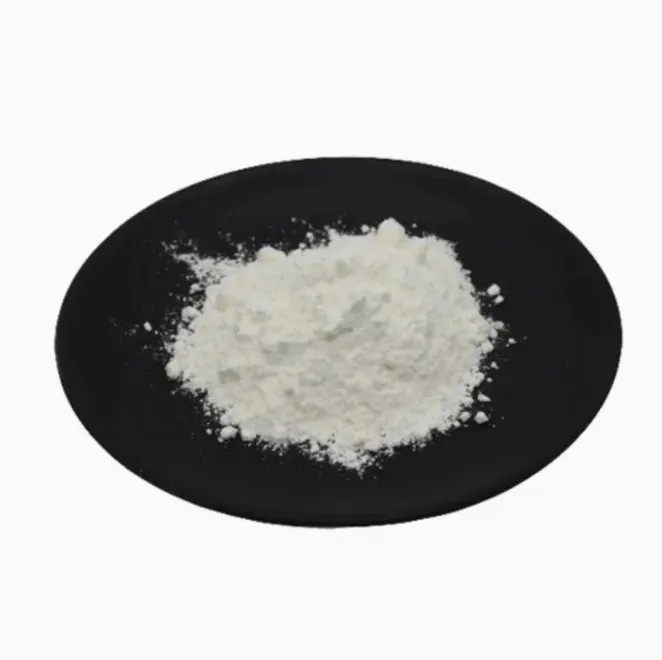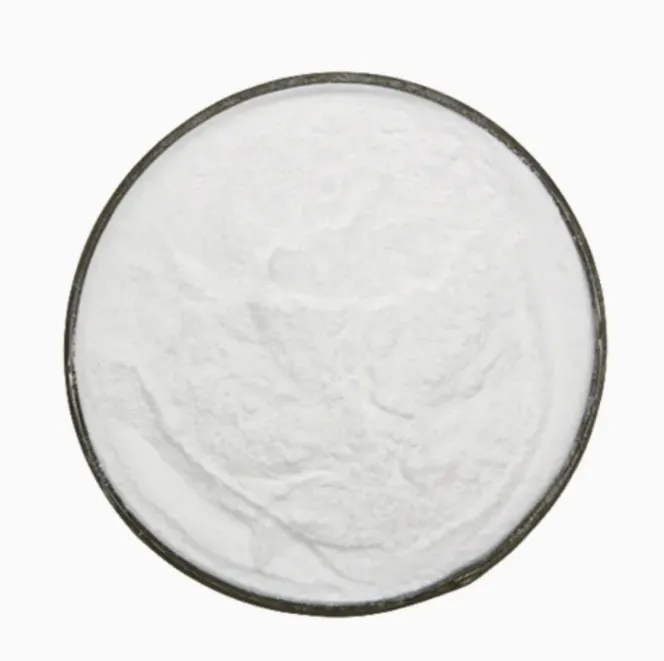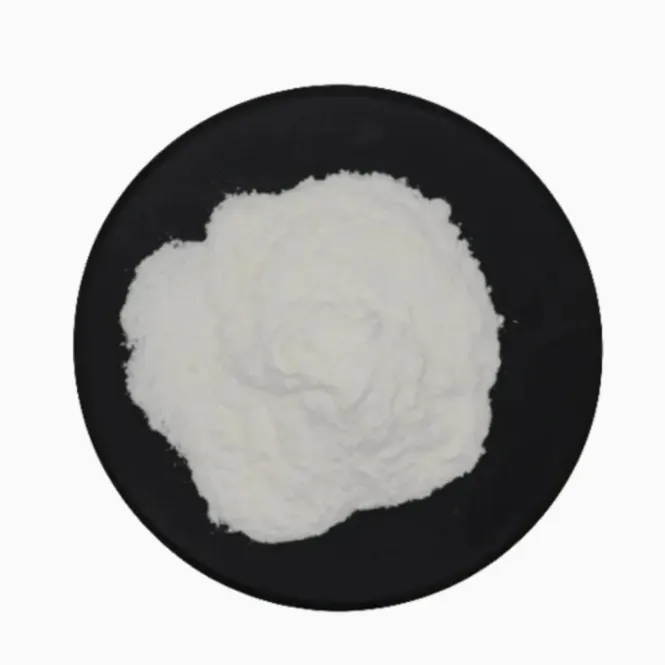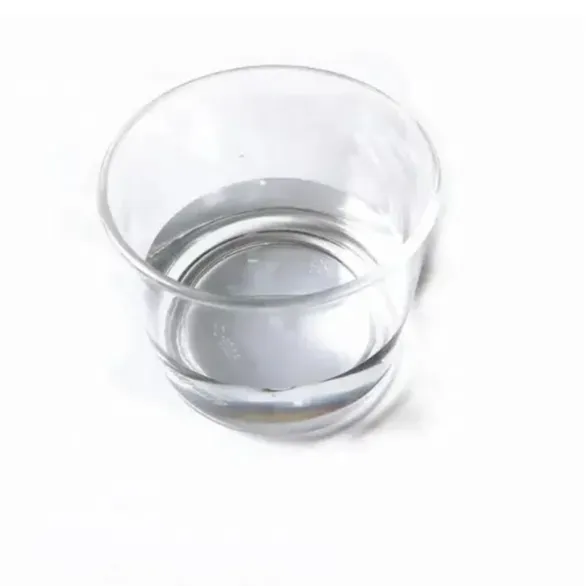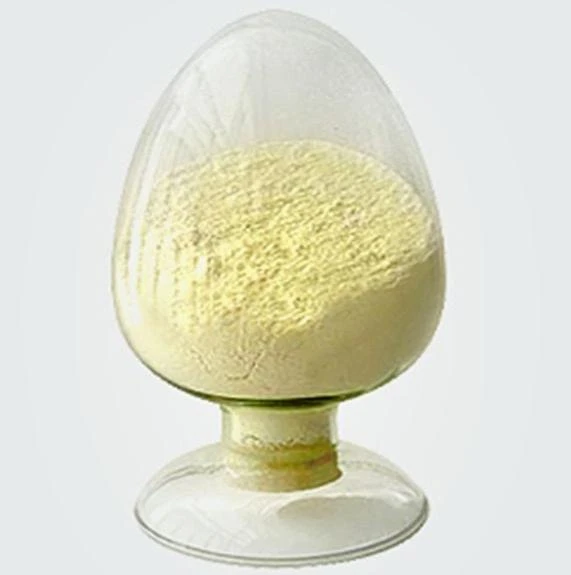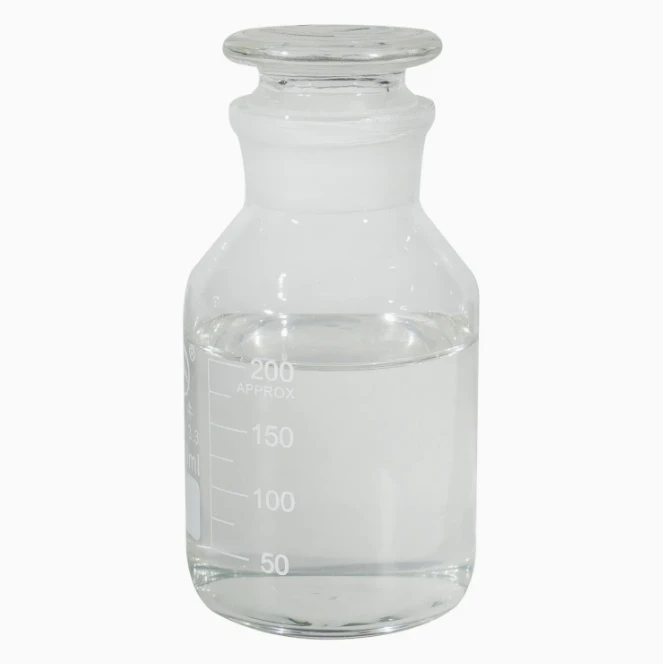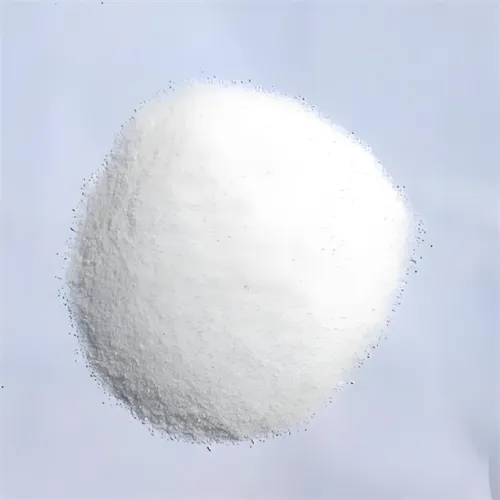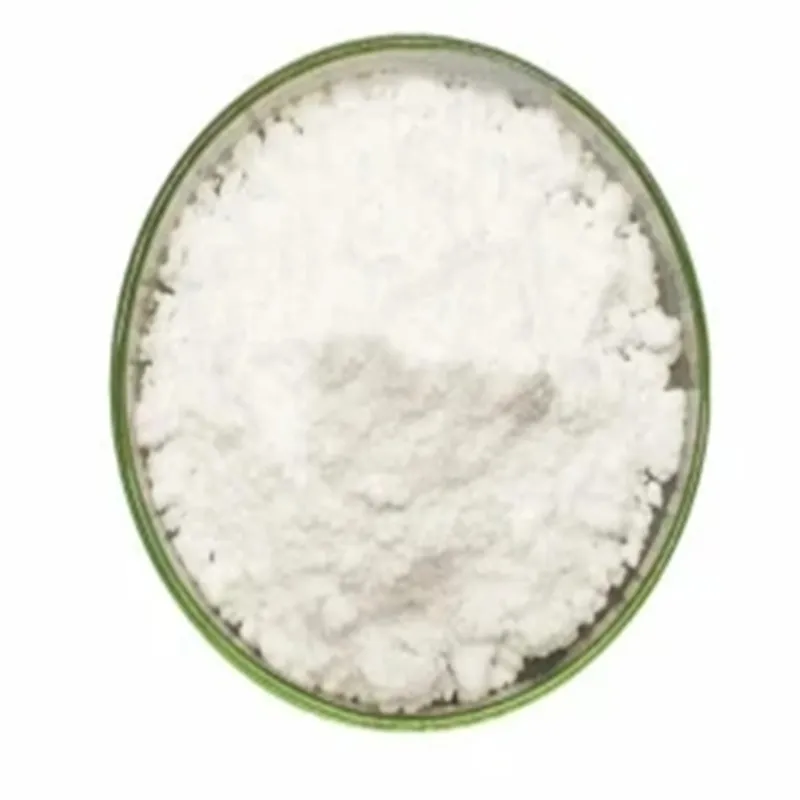Warning: Undefined array key "file" in /home/www/wwwroot/HTML/www.exportstart.com/wp-content/themes/1198/header.php on line 7
Warning: Undefined array key "title" in /home/www/wwwroot/HTML/www.exportstart.com/wp-content/themes/1198/header.php on line 7
Warning: Undefined array key "title" in /home/www/wwwroot/HTML/www.exportstart.com/wp-content/themes/1198/header.php on line 7
- Neeg African
- Albanian
- Amharic
- Arabic
- Armenian
- Azerbaijani
- Basque
- Belarusian
- Bengali
- Bosnian
- Bulgarian
- Catalan
- Cebuano
- Tuam Tshoj
- Tuam Tshoj (Taiwan)
- Corsican
- Croatian
- Czech
- Danish
- Dutch
- Lus Askiv
- Esperanto
- Estonian
- Finnish
- Fabkis
- Frisian
- Galician
- Georgian
- German
- Greek
- Gujarati
- Haitian Creole
- haus
- hawaiian
- Hebrew
- Tsis yog
- Miao
- Hungarian
- Icelandic
- ib igbo
- Indonesian
- irish
- Italian
- Nyiv
- Javanese
- Kannada
- kazakh
- Khmer
- Rwandan
- Kauslim
- Kurdish
- Kyrgyz
- TB
- Latin
- Latvian
- Lithuanian
- Luxembourgish
- Macedonian
- Malgashi
- Malay
- Malayalam
- Maltese
- Maori
- Marathi
- Mongolian
- Myanmar
- Nepali
- Norwegian
- Norwegian
- Occitan
- Pashto
- Persian
- Polish
- Portuguese
- Punjabi
- Romanian
- Lavxias
- Samoan
- Scottish Gaelic
- Serbian
- Lus Askiv
- Shona
- Sindhi
- Sinhala
- Slovak
- Slovenian
- Somali
- Spanish
- Sundanese
- Swahili
- Swedish
- Tagalog
- Tajik
- Tamil
- Tatar
- Telugu
- Thaib
- Turkish
- Turkmen
- Ukrainian
- Urdu
- Uighur
- Uzbek
- Nyab Laj
- Welsh
- Pab
- Yiddish
- Yoruba
- Zulu
Sodium triacetoxyborohydride CAS 56553-60-7
Sodium triacetyloxyborohydride is an organic boron compound with the chemical formula C6H10BNaO6.
Nature:
1. Appearance: Sodium triacetyloxyborohydride is usually a colorless crystalline solid.
2. Stability: It is relatively stable at room temperature and soluble in many organic solvents.
3. Toxicity: Compared with other boron compounds, sodium triacetyloxyborohydride has lower toxicity.
Preparation method:
The preparation method of sodium triacetoxyborohydride is generally obtained by the reaction of aluminum triacetoxyborohydride with sodium hydroxide. The specific process can be referred to relevant literature such as the Organic Chemical Synthesis Manual.
Security information:
Sodium triacetyloxyborohydride is irritating to the skin and eyes. During operation, be careful to avoid contact. If necessary, wear protective gloves and goggles.
2. During storage and handling, avoid contact with water vapor in the air as it is sensitive to water and may decompose.
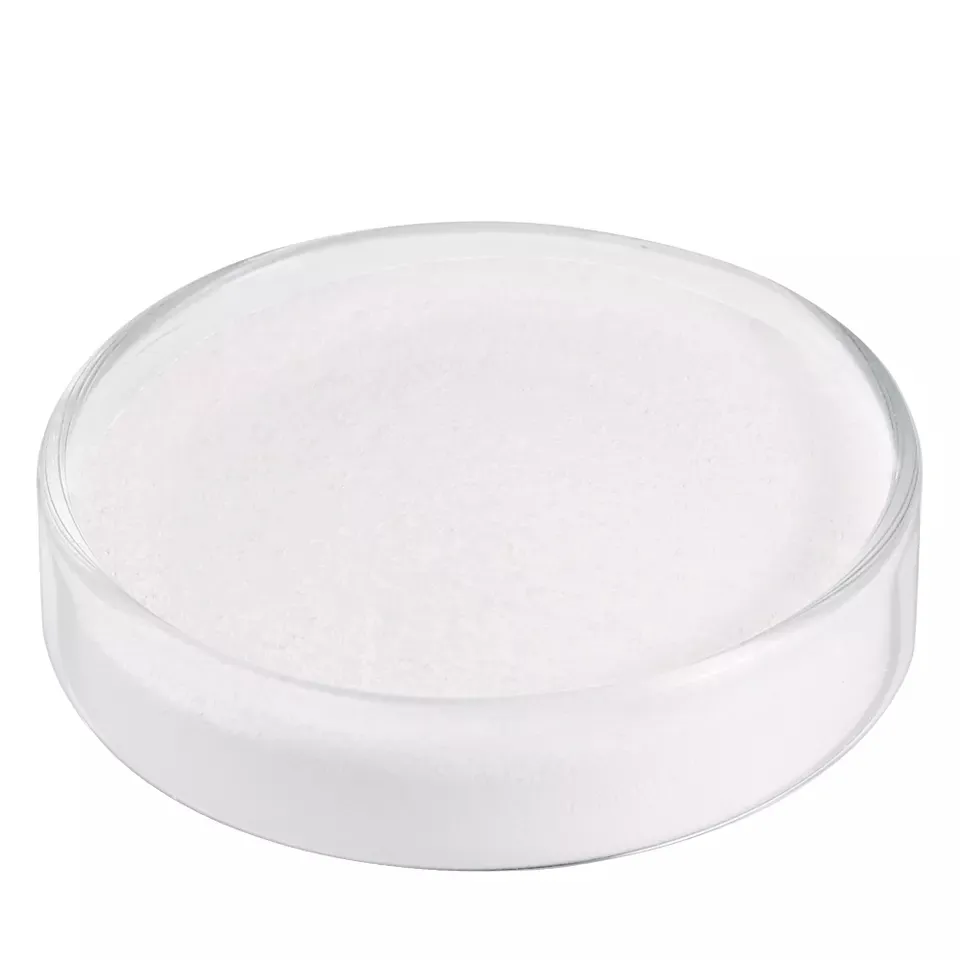


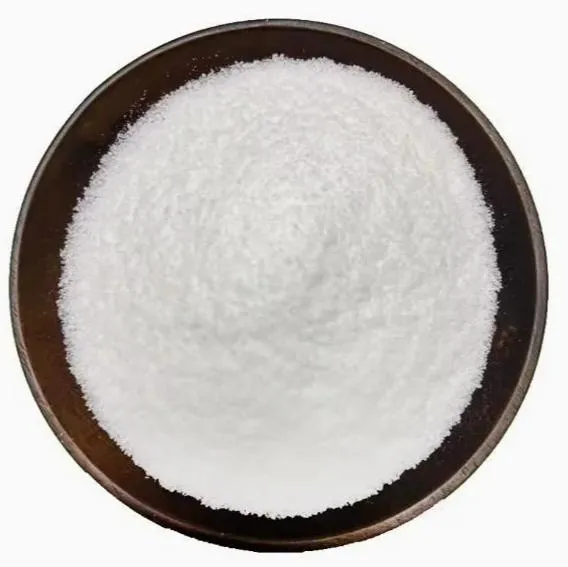
Purpose 1
The new type of catalyst for reduced-amination has excellent universality and selectivity. The reaction conditions are mild, the catalytic reduction performance is good, and it is easy to separate and purify. Both the catalyst itself and the by-products are non-toxic and cause no pollution to the environment, making it the preferred catalyst for reduced-amination reactions.
Use 2
Reagents, used for the reductive amination of ketones and aldehydes, the reductive amination/lactam of carbonyl complexes and amines, as well as the reductive amination of aryl aldehydes.
Purpose:
1. Reducing agent: Sodium triacetyloxyborohydride is a commonly used reducing agent in organic synthesis, which can effectively reduce aldehydes, ketones and other compounds to the corresponding alcohols.
2. Catalyst: Sodium triacetyloxyborohydride can be used as a catalyst in some organic synthesis reactions, such as the Bal-Fischer ester synthesis and the Swiss-Hausmann reaction, etc.
Peb muaj ntau lub Hoobkas zoo nrog kev koom tes sib sib zog nqus, uas tuaj yeem muab koj cov khoom zoo thiab cov nqi sib tw. Thiab peb tseem tuaj yeem muab cov luv nqi rau kev yuav khoom ntau.Thiab peb koom tes nrog ntau lub tuam txhab xa khoom xa tuaj, tuaj yeem xa cov khoom lag luam kom nyab xeeb thiab ntseeg nkaws rau koj txhais tes. Lub sij hawm xa tuaj yog li 3-20 hnub tom qab tau txais kev pom zoo ntawm kev them nyiaj.




| Molecular Formula | C6H10BNaO6 |
| Molar Mass | 211.94 |
| Density | 1.36[at 20℃] |
| Melting Point | 116-120 °C (dec.) (lit.) |
| Boling Point | 111.1℃[at 101 325 Pa] |
| Dej Solubility | reacts |
| Solubility | Soluble in dimethyl sulfoxide, methanol, benzene, toluene, terahydrofuran, dioxane and methylene chloride. |
| Vapor Presure | 0Pa at 25℃ |
| Qhov tshwm sim | Powder |
| Color | White |
| Merck | 14,8695 |

1. Koj puas yog lub Hoobkas lossis tuam txhab lag luam?
Peb yog ib qho kev sib koom ua ke kev lag luam thiab kev lag luam, muab kev pabcuam ib-nres.OEM tuaj yeem txais.
2. Koj puas muab cov qauv? Puas yog dawb lossis ntxiv?
Cov qauv dawb.Cov qauv tus nqi thauj khoom yuav tsum tau them los ntawm koj sab.
3. Koj puas muaj daim ntawv pov thawj ntsig txog kev tswj xyuas zoo?
ISO 9001: 2008 ntawv pov thawj los xyuas kom meej qhov zoo.
4. Kuv yuav muab dab tsi kom tau txais cov lus hais?
Pls qhia peb txog cov khoom lag luam uas koj xav tau, xaj kom muaj nuj nqis, chaw nyob thiab cov kev xav tau tshwj xeeb.Cov lus hais yuav ua rau koj siv sijhawm.
5. Hom kev them nqi twg koj nyiam? Cov nqe lus twg raug lees txais?
Txais Cov Lus Cog Tseg: FOB, CFR, CIF, EXW;
Txais Nyiaj Them Nqi: USD;
Accepted Payment Type: T/T,Western Union; Paypal,BTC
Lus Hais: Lus Askiv.
Cov khoom qeb
-
 May . 07, 20252025 New York Cosmetics Ingredients ExhibitionThe much-anticipated 2025 Cosmetics Ingredients New York will be held at the Javits Center in New York from June 3 to 4, 2025. This event will bring together industry leaders, innovators and enthusiasts from all over the world to discuss the latest trends and advances in the field of cosmetic ingredients.
May . 07, 20252025 New York Cosmetics Ingredients ExhibitionThe much-anticipated 2025 Cosmetics Ingredients New York will be held at the Javits Center in New York from June 3 to 4, 2025. This event will bring together industry leaders, innovators and enthusiasts from all over the world to discuss the latest trends and advances in the field of cosmetic ingredients. -
 Apr . 27, 2025Zibo will host the 2025 International Chemical ExpoZibo, a city known for its thriving chemical industry, will host the 2025 Zibo International Chemical Expo from May 16 to May 18, 2025. This highly anticipated event aims to bring together industry leaders, innovators and stakeholders from around the world to explore the latest advancements and trends in the chemical industry.
Apr . 27, 2025Zibo will host the 2025 International Chemical ExpoZibo, a city known for its thriving chemical industry, will host the 2025 Zibo International Chemical Expo from May 16 to May 18, 2025. This highly anticipated event aims to bring together industry leaders, innovators and stakeholders from around the world to explore the latest advancements and trends in the chemical industry. -
 Apr . 22, 20252025 Yokohama Cosmetics Raw Materials and Technology ExhibitionYOKOHAMA, Japan – The City of Yokohama is preparing to host the much-anticipated Cosmetics Ingredients & Technologies 2025 from May 14 to May 16, 2025. The premier event is expected to attract industry professionals, innovators and enthusiasts from around the world to showcase the latest advancements in cosmetic ingredients and technologies.
Apr . 22, 20252025 Yokohama Cosmetics Raw Materials and Technology ExhibitionYOKOHAMA, Japan – The City of Yokohama is preparing to host the much-anticipated Cosmetics Ingredients & Technologies 2025 from May 14 to May 16, 2025. The premier event is expected to attract industry professionals, innovators and enthusiasts from around the world to showcase the latest advancements in cosmetic ingredients and technologies.



